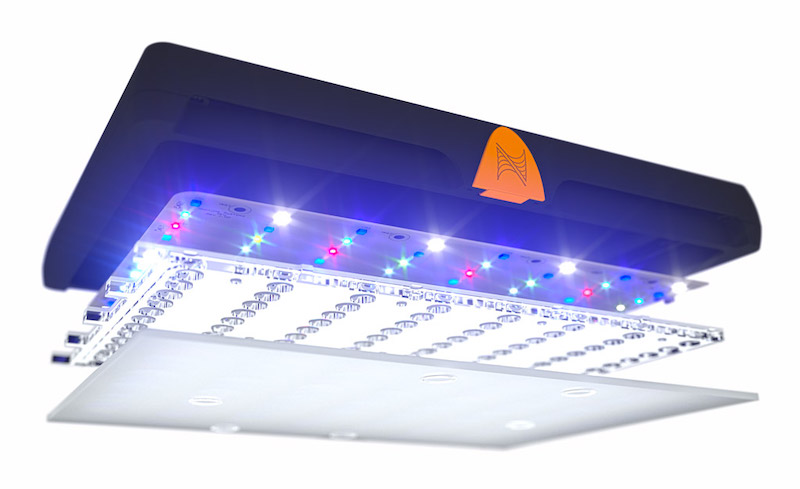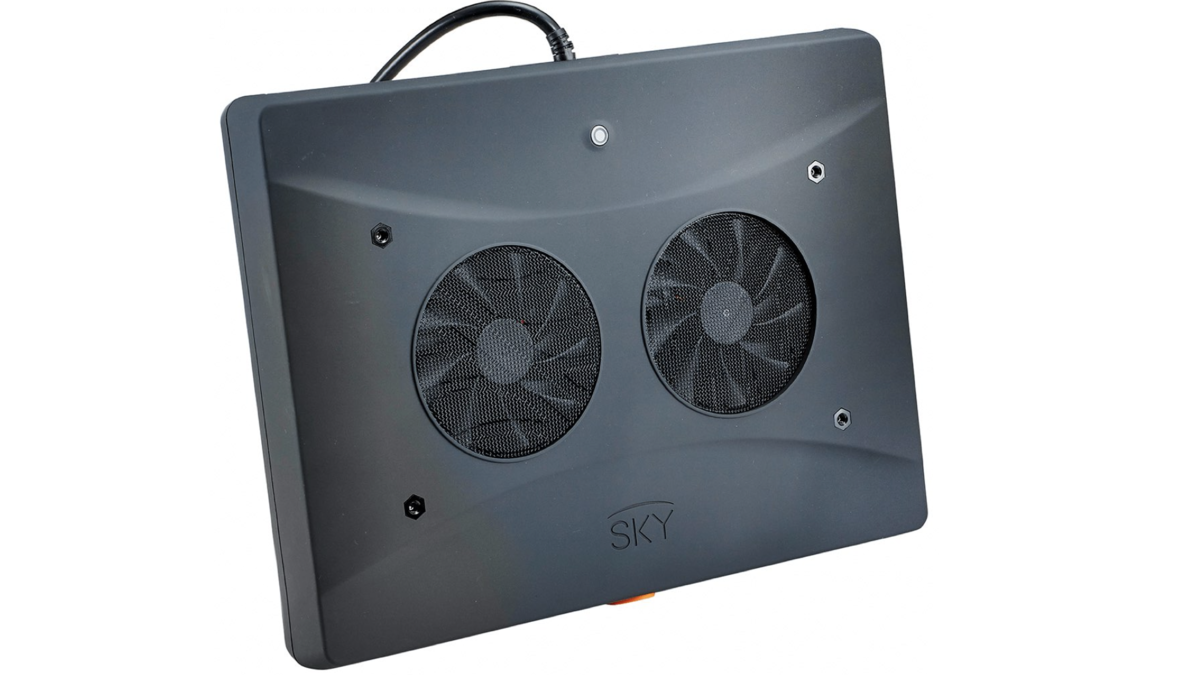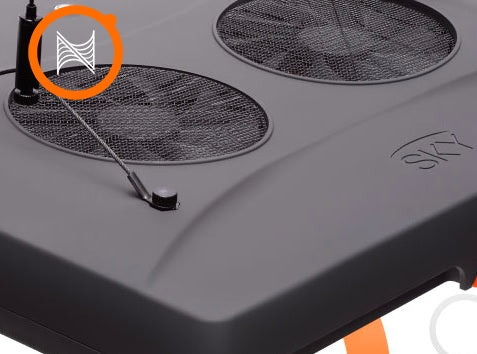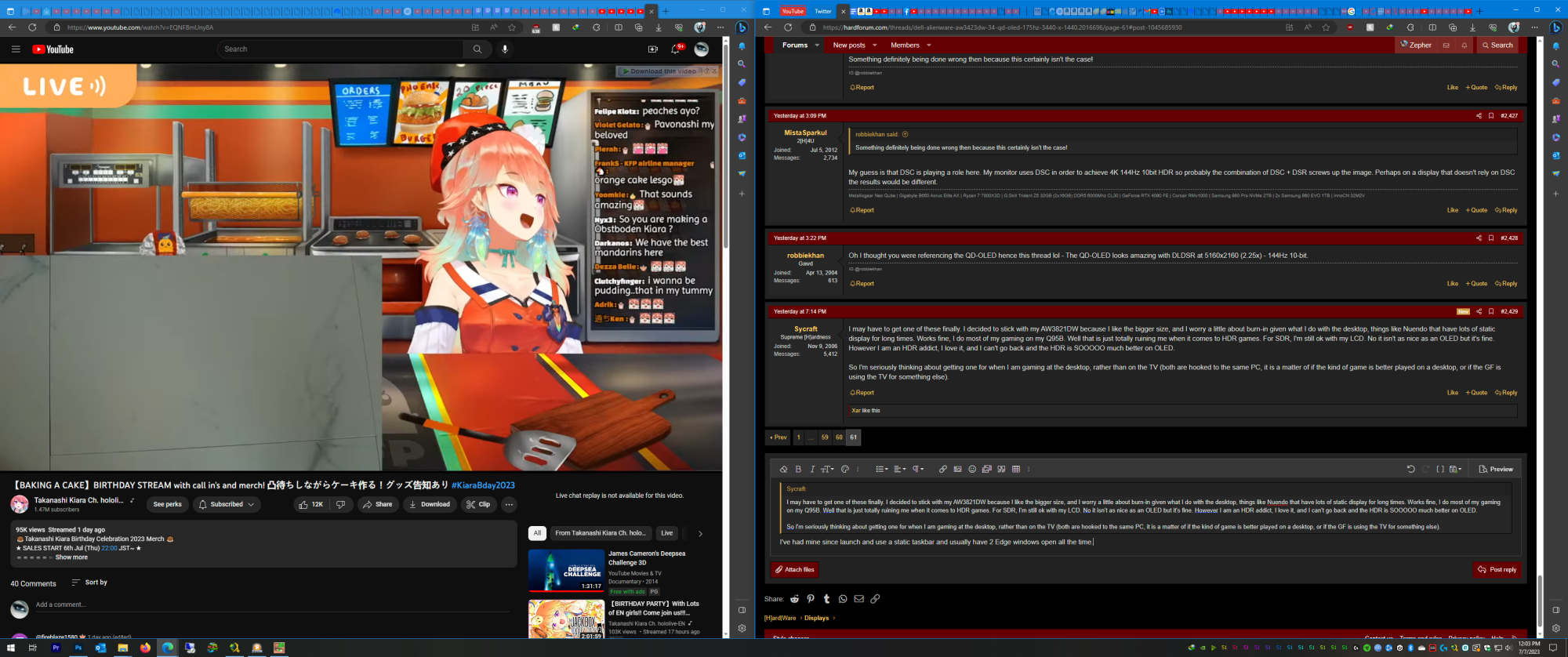Mchart
Supreme [H]ardness
- Joined
- Aug 7, 2004
- Messages
- 6,552
Yep. The microled IPS panels that Apple is using are amazing. They aren’t great for gaming, but for everything else they are amazing.Little late to this discussion but I just wanted to chime in and say that IPS are still the gold standard for color grading professionals. Not all IPS are created equally of course, but the best monitors for accurate color grading appear to still be using IPS panels.
![[H]ard|Forum](/styles/hardforum/xenforo/logo_dark.png)






